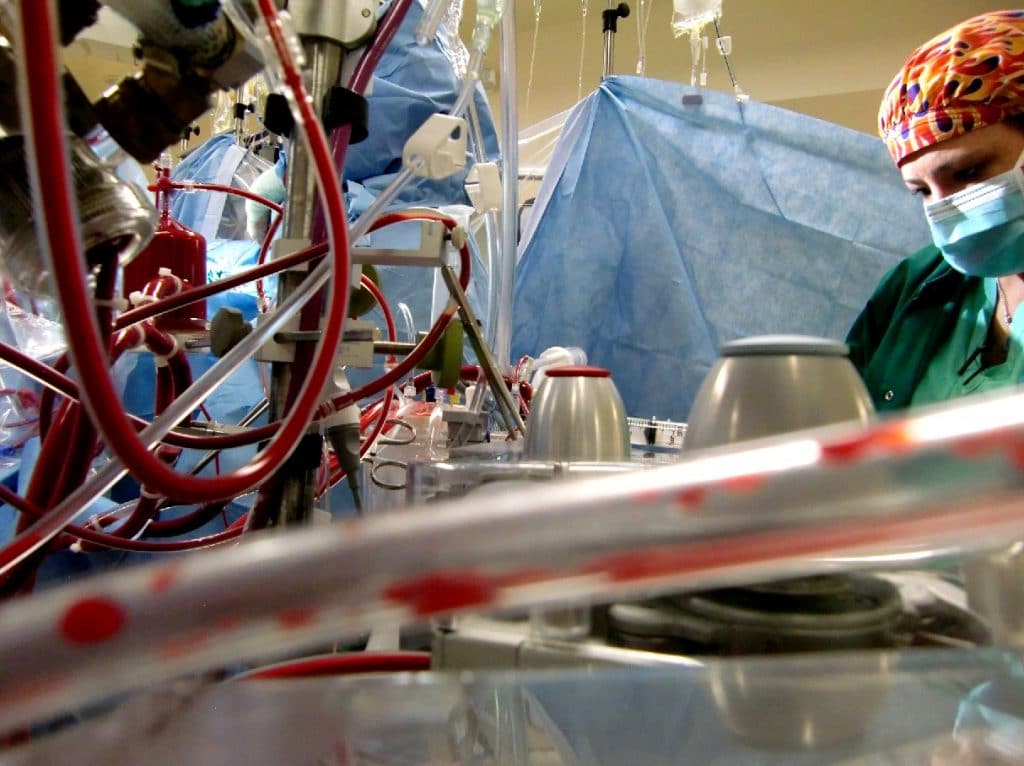Clinical Application of a New Ternary Polymer, SEC-1 coat™, for Pediatric Cardiopulmonary Bypass Circuits: a Prospective Randomized Pilot Study

Objective
The use of biocompatible materials to reduce the systemic activation of inflammation and coagulation pathways is expanding rapidly. However, there have been few clinical studies of biocompatible circuits for pediatric cardiopulmonary bypass. This pilot study aimed to preliminarily evaluate the biocompatibility of SEC-1 coat™ (SEC) for cardiopulmonary bypass circuits in pediatric cardiac surgery.
Methods
Twenty infants undergoing cardiac surgery for isolated ventricular septal defects at Kobe Children’s Hospital were assigned randomly to an SEC-coated (SEC group, n = 10) or heparin-coated (control group, n = 10) circuit. Perioperative data and the following markers were prospectively analyzed: platelet counts and interleukin-6, interleukin-8, C3a, β-thromboglobulin, and thrombin–antithrombin complex levels.
Results
Neither patient characteristics nor postoperative clinical outcomes differed significantly between the SEC and control groups. Platelet counts markedly decreased during cardiopulmonary bypass in both groups, but were significantly better preserved in the SEC group. Fewer patients needed postoperative platelet transfusions in the SEC group. After cardiopulmonary bypass termination, serum levels of β-thromboglobulin and thrombin–antithrombin complex were significantly lower in the SEC than in the control group. Although the differences were not statistically significant, serum levels of interleukin-6, interleukin-8, and C3a had a tendency toward being lower in the SEC group, with good preservation of leukocyte counts, fibrinogen, and antithrombin III.
Conclusion
SEC-1 coat™ for cardiopulmonary bypass circuits have good biocompatibility with regard to platelet preservation and in terms of attenuating inflammatory reaction or coagulation activation during pediatric cardiac surgery. It can be beneficial in pediatric as well as adult cardiac surgery.
